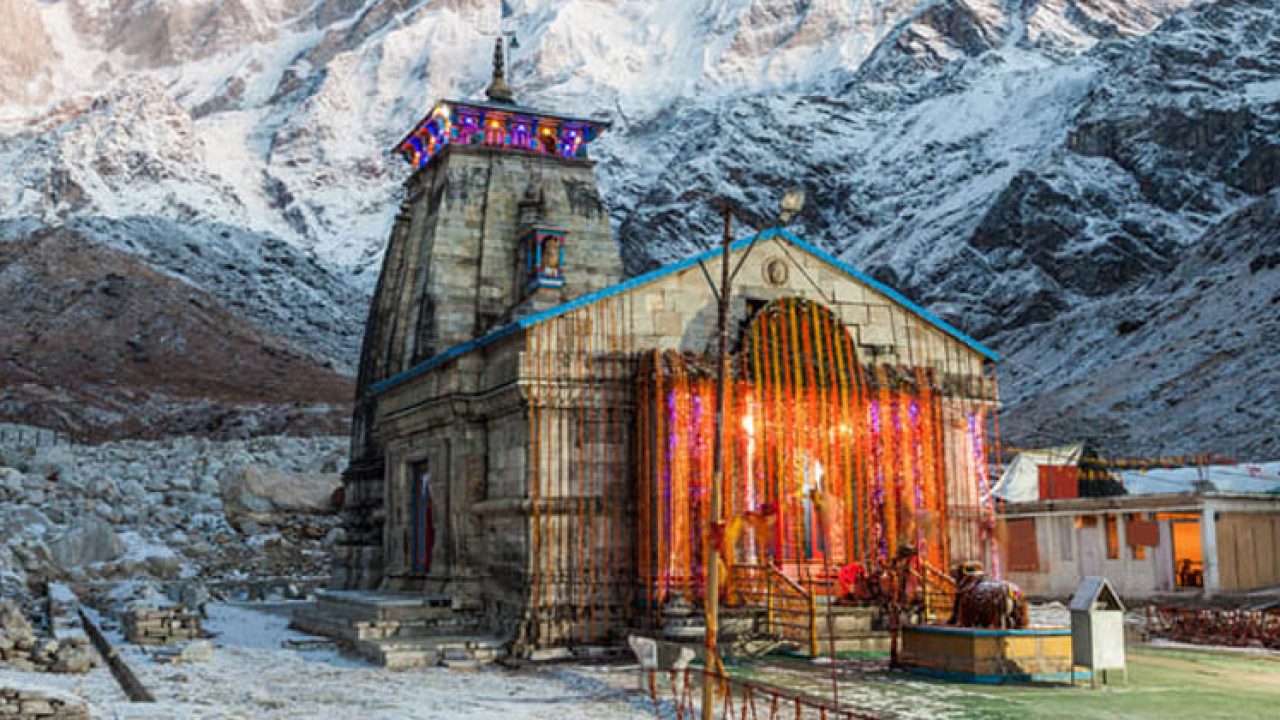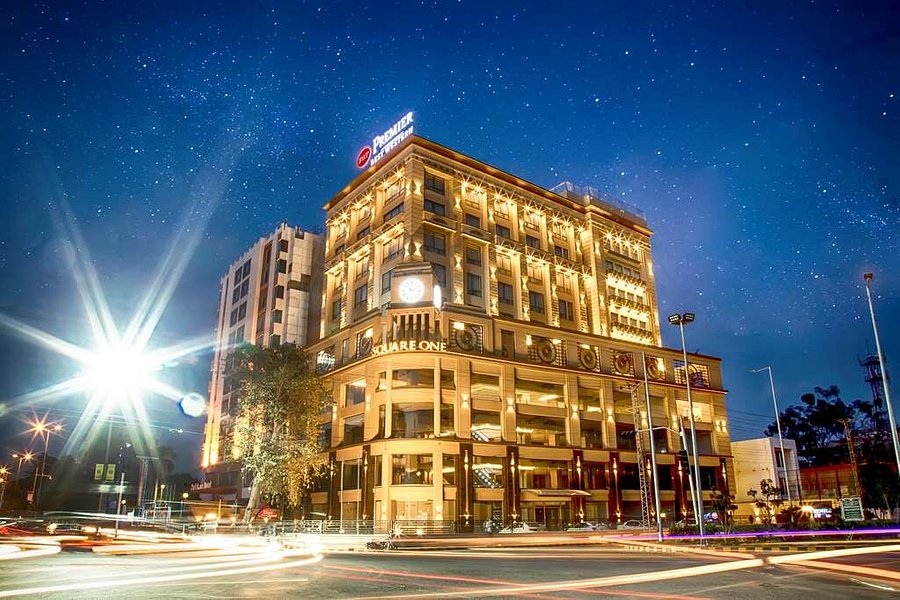Overview
Kedarnath is a sacred Hindu settlement in Uttarakhand’s Rudraprayag district. It is one of the Himalayan Char Dhams, and it is located near the Mandakini River’s head at an incredible height of 3584 metres above sea level.
Thousands of tourists and pilgrims visit the Kedarnath temple each year, which is nestled among the majestic snow-capped Garhwal Himalayan ranges. Also, even in the trekking circuit, the Kedarnath trek is breathtakingly beautiful and quite eclectic.
The journey to Kedarnath
It is known for the ancient Shiva shrine, which provides a serene atmosphere with a beautifully painted backdrop thanks to the rhododendron woods, snow-capped mountains, and breathtaking views of nature. It’s incomparable because it combines devoutness and adventure. This is a MUST Tourist attraction for everyone.
Kedarnath Information
Kedarnath, which translates to “Lord of the Field,” gets its name from the “liberation crop” that grows below. While neither the builder nor the date of construction are known!The 7th or 8th century is one of the earliest references to Kedarnath. Adi Shankara is also said to have died near the sanctuary.
Mythology and History
It is thought that after the battle of Kurukshetra, the Pandavas travelled to Banaras to repent of killing their own and seek the Lord’s blessings. Shivji, on the other hand, wanted to avoid meeting the brothers and sought refuge in Guptakashi.Pandavas, on the other hand, were giving up their search for the Lord, and when they did find him, Shivji decided to disguise himself as a buffalo so that they wouldn’t recognise him. Shivji wanted to hide even more now that the Pandavas were getting closer.As a result, He made the decision to go underground and become invisible as well. Brother Bhma, on the other hand, fought hard to keep him from fleeing by grasping the bull’s legs and tail. Unfortunately,
Location
Kedarnath is the most remote of the Chota Char Dham sites, being located in the Rudraprayag district. The Kedarnath mountain (6,940 mts) and the Kedar Dome are the most prominent of the snow-capped peaks that surround Kedarnath. It is near the Chorabari Glacier, which is the Mandakini River’s source (6,831 mts).The town, which is 223 kilometres from Rishikesh, is built on a barren stretch of land along the river’s edge. Due to flash floods caused by torrential rains in Uttarakhand in 2013, the town unfortunately suffered extensive damage. Natural disasters have mystically spared the temple!
Weather
Kedarnath experiences cool summers, which are typical of Himalayan weather, and extremely difficult and harsh winters. Summer is the best time to go sight-seeing, visit temples, and visit nearby attractions. The average temperature in the summer is around 17 degrees.
The monsoon season is difficult, and the area has experienced extreme rainfall on numerous occasions, most recently in 2013.During the monsoons, the temperature hovers around 12 degrees.. Winters are harsh, difficult, and uninhabitable. From November to April, Lord Kedarnath’s palki is moved to its winter abode near Guptkashi – Ukhimath. This time of year, the weather is always negative!
When is the best time to visit Kedarnath?
From the start of the season in April to the beginning of both the monsoon season, and from the post-monsoon to the end of the season. The best months to visit Kedarnath are May, June, September, and October because it has a cold climate for the majority of the year.
The best way to get there
Kedarnath is well connected to most of Uttarakhand’s major cities.The nearest roadhead to Kedarnath is Gaurikund, which is about 18 kilometres away.Dehradun is the closest airport by Air Jolly Grant Airport, at a distance of 238 kilometres.The airport is well attached, with daily flights to Delhi. Taxis seem to be readily available from the airport to Gaurikund.
By Rail
The nearest railway station to Kedarnath is Rishikesh, which is located 216 kilometres north of Kedarnath along NH58.Gaurikund is also well connected by motorable roads to Rishikesh. Taxi cabs and bus routes are readily available in Gaurikund.
By Car
Gaurikund is the last motorable point before reaching Kedarnath. From there, you’ll be trekking for about 16 kilometres. Gaurikund is a Hindu god.is well-connected to major North Indian destinations.Bus services and able to share cab drivers are obtainable from Haridwar, Rishikesh, and Rudraprayag to Sonprayag, where private vehicles are authorised.
Options for Helicopters
If you don’t want to trek, you can even take a helicopter ride (though I strongly recommend the trek!). The services are available from a variety of helipads, including Guptkashi, Sersi, and Phata.
What is there to do in Kedarnath?
Given that Kedarnath is a religious site, places with mythological associations are undoubtedly the most popular.
Kedarnath Temple is a Hindu temple in the Indian town of Kedarnath.The Kedarnath Temple, which is surrounded by the mighty Garhwal Himalayas, is one of Lord Shiva’s twelve Jyotirlingas.The Kedarnath Temple, dedicated to Lord Shiva, is the most important of the Panch Kedars and one of the 275 Paadal Petra Sthalams (the world’s most powerful Shiva temples).
Char Dham Yatra
The Uttarakhand Chota Char Dham Yatra includes the four holy shrines of Badrinath, Kedarnath, Yamunotri, and Gangotri.All four of these temples are situated within the Garhwal region of Uttarakhand.
Furthermore, it is believed that each and every Hindu should participate in the Char Dham Yatra at least once in their lives.The Great Reformer and Philosopher, Adi Shankaracharya, gathered theseAround the eighth century, Holy Pilgrimage becomes part of a spiritual circuit.
Hundreds of thousands of pilgrims have followed in the footsteps of previous generations, visiting these holy sites every year.As a result, completing the circuit in a single religious pilgrimage is very common!



